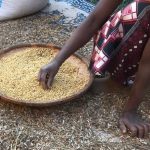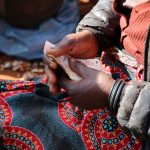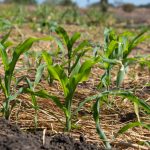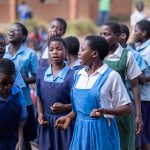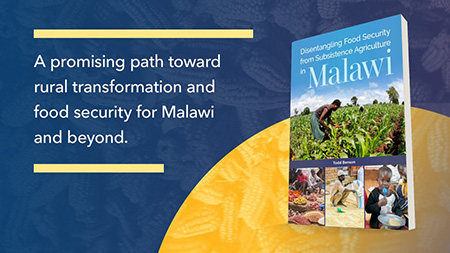The Case for and Against Export Mandates for Oilseeds and Pulses. MaSSP Project Note, December 2020.
Authors: Dennis O. Ochieng and Bob Baulch
Working Paper 37: The Short-term Impacts of COVID-19 on the Malawian Economy, 2020 – 2021
This working paper extends and updates the initial results of modeling undertaken by the International Food Policy Research Institute to assess the short-run impacts of COVID-19 control measures on the Malawian economy.
IFPRI Malawi Maize Market Report November 2020
The Monthly Maize Market Reports are developed by researchers at IFPRI Malawi, with the main goal of providing clear and accurate daily maize price data in selected markets throughout Malawi. The reports are intended as a resource for those interested in maize markets in Malawi, namely producers, traders, consumers, or other agricultural stakeholders.
Malawi’s Population: Demographic Dividend or Curse? A commentary on the NSO’s latest population projections
This commentary on the NSO’s latest population projections was written by Bob Baulch and Grace Kumchulesi.
The Short-Term Impacts of COVID-19 on the Malawian Economy, 2020–2021
This paper has been written for the 2020 ECAMA Lakeshore Conference. It extends and updates the initial results of modeling undertaken by IFPRI to assess the short-run impacts of COVID-19 control measures on the Malawian economy.
- « Previous Page
- 1
- …
- 78
- 79
- 80
- 81
- 82
- …
- 90
- Next Page »
